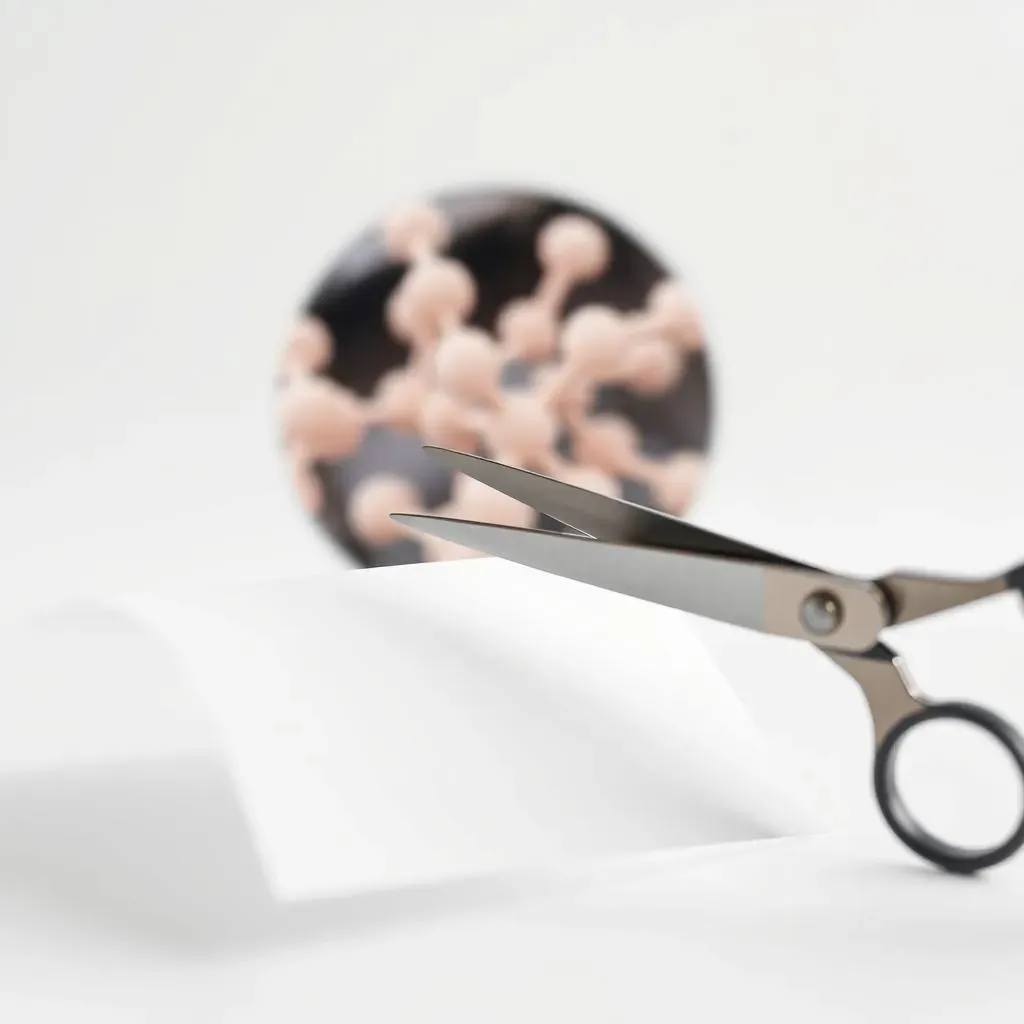Table of Contents
Ever wondered what happens when you slice through a piece of paper with scissors? It seems simple enough, but it's a great example of something scientists call a "physical change." This article will explore exactly why cutting paper is a physical change, not a chemical one. We'll break down what makes a physical change different from a chemical change, and look closely at what happens to the paper at a molecular level. You'll understand why the paper’s shape changes but its basic makeup stays the same. We'll even look at other examples to solidify your understanding. So, if you're curious about the science behind something as everyday as cutting paper, and want to know the answer to the question, "why is cutting paper a physical change?", then get ready to discover the fascinating world of physical changes!
Understanding Physical Changes
Understanding Physical Changes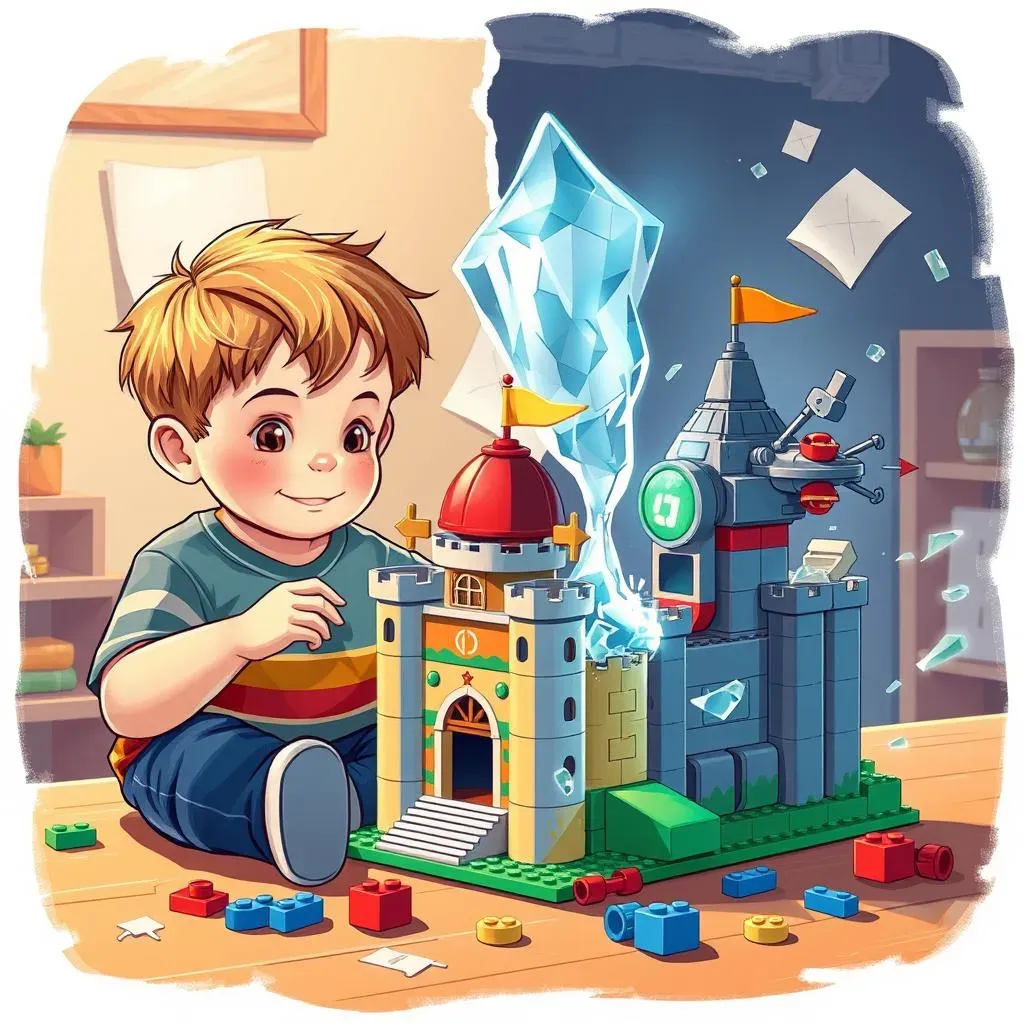
What are Physical Changes?
Imagine you're playing with LEGOs. You can build a castle, then take it apart and build a spaceship. You've changed the LEGO's shape and arrangement, but you haven't changed what the LEGOs *are*. They're still LEGOs! That's a physical change. It's all about altering the appearance or form of something without changing its chemical composition. Think about melting ice – it changes from a solid to a liquid, but it's still water. Cutting paper is exactly the same; you change its shape, but the paper itself remains paper. Learning about different types of paper cuts paper cut sizes can be fun too!
Physical Change | Example |
|---|---|
Shape change | Cutting paper |
State change | Melting ice |
Size change | Crushing a can |
Key Characteristics of Physical Changes
So, what are the telltale signs of a physical change? Firstly, no new substances are formed. If you cut a piece of paper in half, you still have paper, just smaller pieces. Secondly, these changes are often reversible. While you can’t easily put a cut piece of paper back together, you *could* pulp it and reform it into a new sheet (though it might not be identical). Finally, physical changes usually involve changes in physical properties like shape, size, or state. For instance, if you're interested in the art of paper cutting, check out what is paper cutting art called. It's amazing what you can create with just some simple scissors and paper!
- No new substance is created
- Often reversible
- Changes in physical properties (shape, size, state)
What Happens When You Cut Paper?
What Happens When You Cut Paper?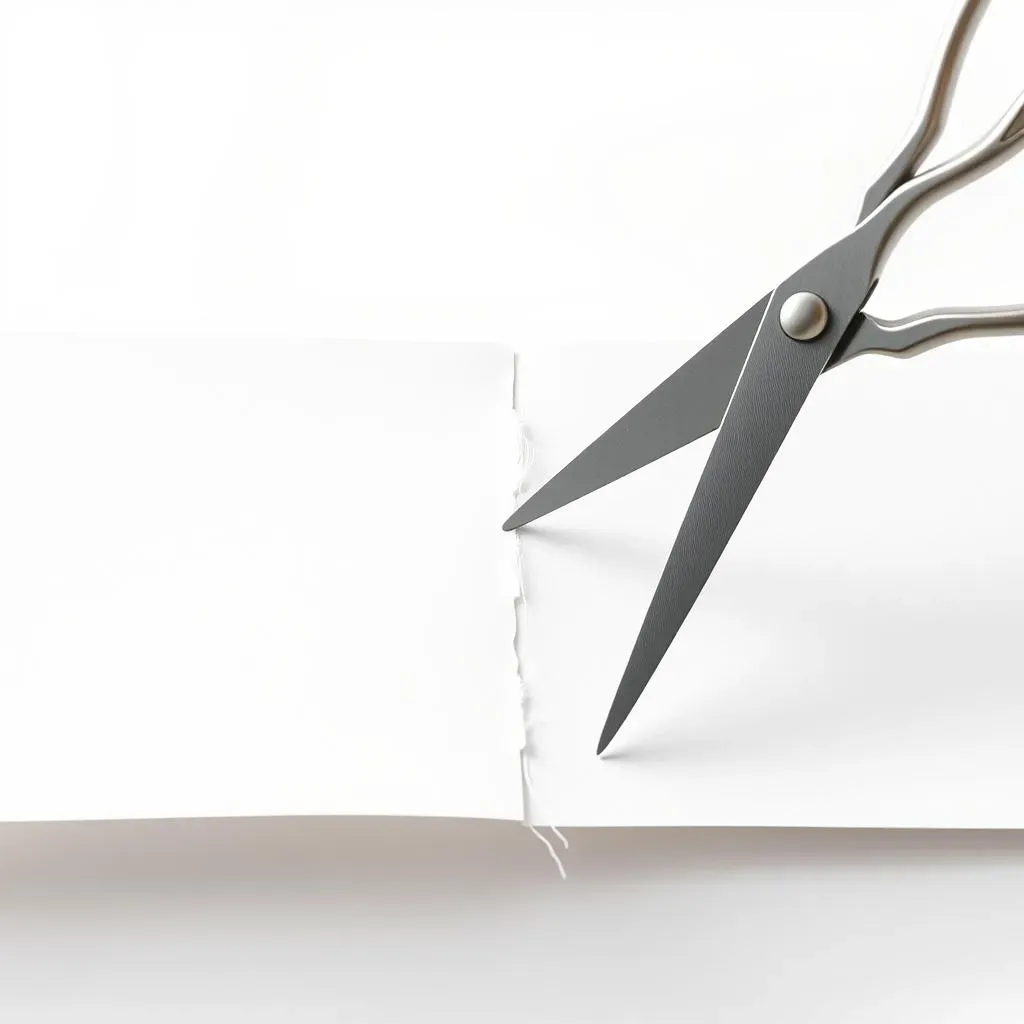
The Act of Cutting
When you cut paper, you're using a sharp object—scissors, a knife, or even a laser cutter—to physically sever the cellulose fibers that make up the paper. You're not changing the chemical makeup of those fibers; they're still cellulose. Think of it like cutting a rope: you separate the strands, but the material itself remains the same. It's a purely mechanical process, a disruption of the paper's structure, not its composition. If you're curious about different cutting tools, you might find our guide on which paper cutter is best helpful.
- Scissors separate fibers
- No chemical reaction occurs
- Purely physical separation
The Result: Two (or More!) Pieces of Paper
The result of cutting paper is simply two or more smaller pieces of paper. The chemical properties of the paper—its flammability, its ability to absorb ink—remain unchanged. Each piece retains the same chemical composition as the original sheet. This is unlike burning paper, which is a chemical change, resulting in ash and gases. It's a completely different process! If you're into the artistic side of paper cutting, you might be interested in learning how to make paper cutting designs—it's surprisingly fun!
Before Cutting | After Cutting |
|---|---|
One sheet of paper | Two or more smaller sheets of paper |
Same chemical composition | Same chemical composition |
Why Isn't it a Chemical Change?
Why Isn't it a Chemical Change?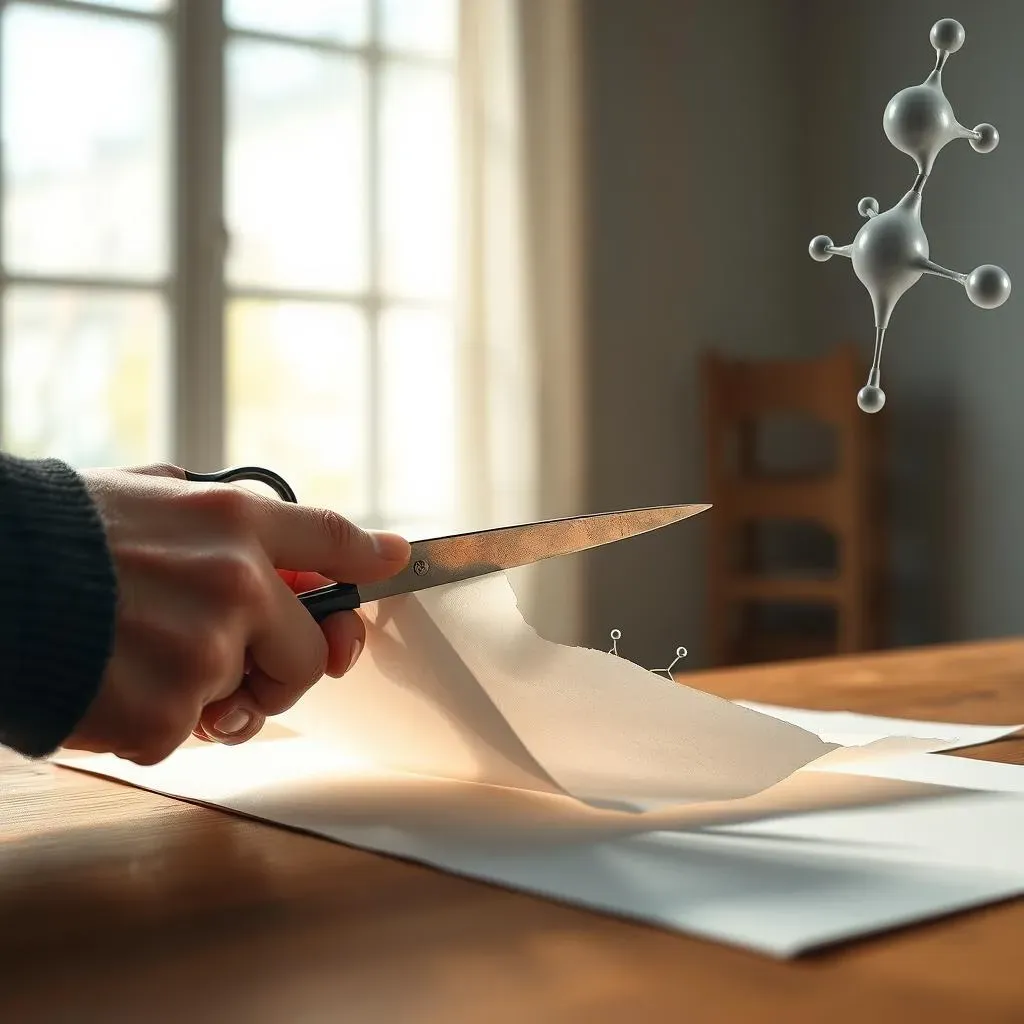
The Absence of New Substances
The key difference between a physical and a chemical change lies in the creation of new substances. In a chemical change, the original materials transform into something entirely new, with different properties. Think about burning wood: you get ashes and smoke—completely different substances from the original wood. But when you cut paper, you still just have paper, albeit in smaller pieces. The fundamental building blocks, the cellulose fibers, haven't changed their chemical identity. They're still cellulose. This simple fact is what makes it a physical change. If you're interested in learning more about the tools used in paper cutting, check out our guide on best scissors for cutting paper.
- Chemical Change: New substances are formed.
- Physical Change: No new substances are formed.
No Chemical Reactions Involved
Chemical changes involve chemical reactions, where atoms rearrange to form new molecules. Cutting paper doesn't involve any such reactions. There's no interaction between the paper molecules and anything else; you're simply physically separating existing molecules. It's like separating a pile of marbles – you're not changing the marbles themselves, just their arrangement. Want to learn about the history of this fascinating craft? Check out our article on when did Chinese paper cutting start.
Type of Change | Chemical Reaction? | New Substance? |
|---|---|---|
Burning paper | Yes | Yes (ash, gases) |
Cutting paper | No | No |
Reversibility (Sort Of!)
While you can't magically glue the pieces of a cut paper back together perfectly, the process is, in theory, reversible. You *could* pulp the paper, and then reform it into a new sheet. This is because the chemical makeup of the paper hasn't changed. It's a bit like unscrambling a puzzle: it takes time and effort, but it’s possible because the individual pieces are still the same. This reversibility is another strong indicator that cutting paper is a physical change. For more tips and tricks, take a look at our article on how to make paper cutting.
- Chemical changes are usually irreversible.
- Physical changes are often reversible (though not always easily).
Examples of Physical Changes (and Not!)
Examples of Physical Changes (and Not!)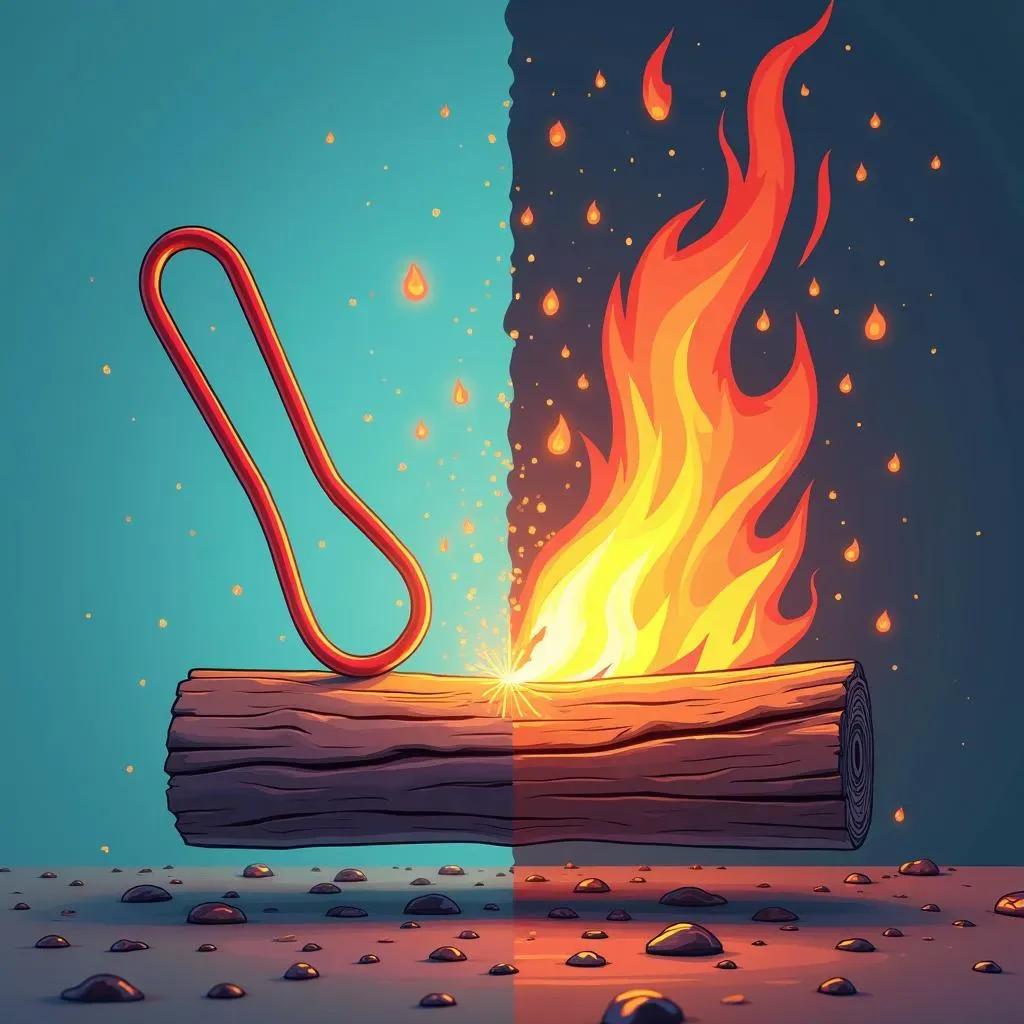
More Physical Changes
Let's look at some more examples of physical changes. Think about bending a paperclip – you change its shape, but it's still a paperclip. Or crumpling a piece of aluminum foil – it changes form, but it remains aluminum. These are all physical changes because the material itself remains unchanged. The chemical composition stays the same, only the physical properties change. If you're interested in different types of paper, you might find our guide on paper cut sizes interesting! It helps to understand the material before you cut it.
- Bending a paperclip
- Crushing a can
- Stretching a rubber band
Chemical Changes: A Different Story
Now, let's contrast physical changes with chemical changes. A chemical change creates a *new* substance. Burning wood is a classic example – you end up with ashes and smoke, substances completely different from the original wood. Another example is rusting iron – the iron reacts with oxygen to form iron oxide (rust), a new compound with different properties. If you're dealing with paper cuts, knowing what to do if you have a paper cut is pretty important.
Chemical Change | Example |
|---|---|
Burning | Burning wood |
Rusting | Rusting iron |
Cooking | Baking a cake |
Spotting the Difference
The key to telling the difference between a physical and a chemical change is to look for clues. Does a new substance form? Are there obvious signs of a chemical reaction, like a change in temperature, color, or the production of a gas or precipitate? If you answer yes to these, it's likely a chemical change. If not, and the change is mainly about shape, size, or state, then it’s probably a physical change. If you want to learn more about the tools involved in paper cutting, you should check out our guide on best scissors for cutting paper.
- New substance formed?
- Chemical reaction evident?
- Reversible?
